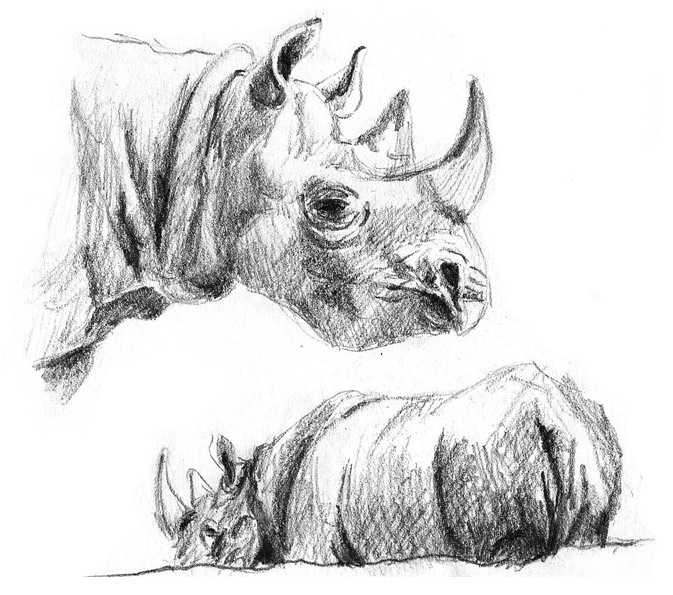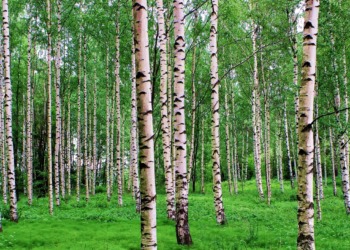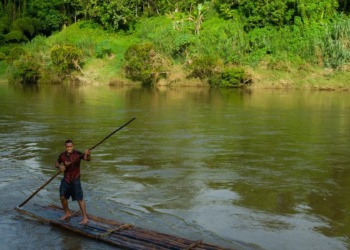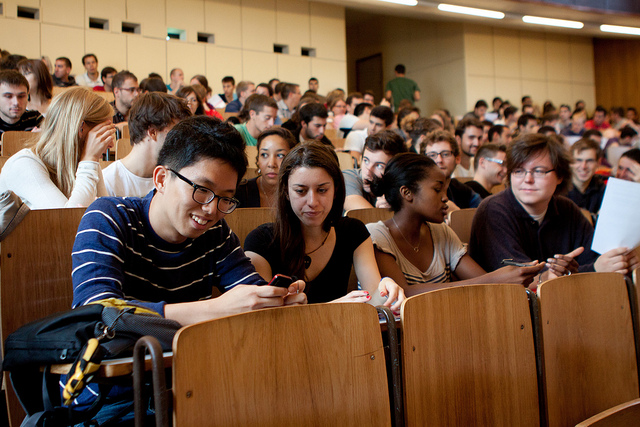Martina Bisaz is professional scientific illustrator and photographer. Trained in zoology, archaeology and botany she now works as a scientific illustrator for the Archaeology Department of Zurich as well as freelance photographer. Her pictures are captivating images of journeys and transport, often featuring long, winding empty roads as well as vintage cars and row-boats.
Here are excerpts of our conversation.
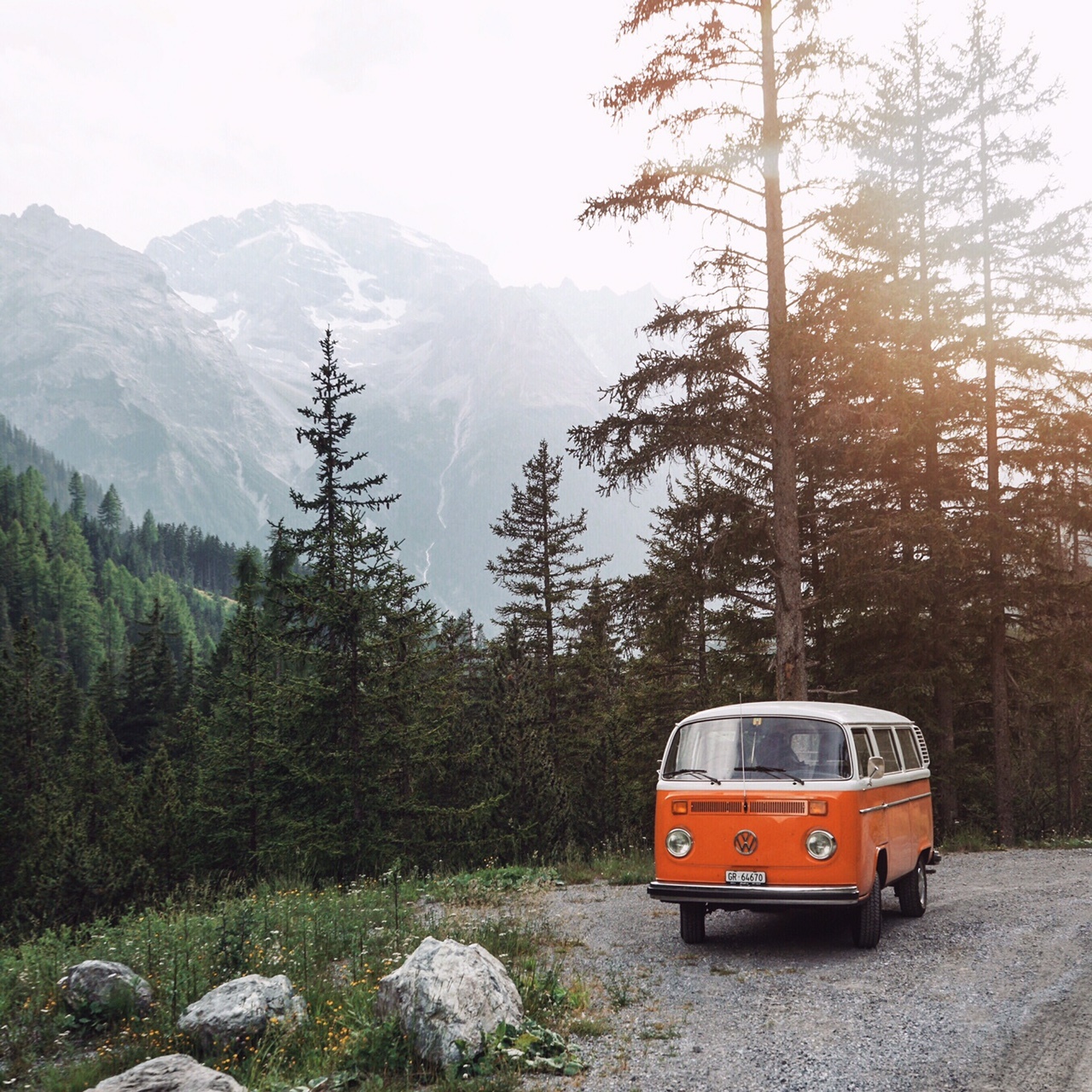
Tell me a bit about yourself. How did you become a scientific illustrator?
I grew up in the mountains of Switzerland. Since I was a kid, I loved to draw and paint all the time. When it was time to decide what to study, I had no clue what I should do. I started architecture one semester but quickly realized that this was too much theory, physics and math. I wanted to draw. I took a year off, went to Australia and then applied at the Art University of Zurich for a preparation year, where you learn the basics of everything (photography, sketching, painting, design, sculpture). I still had no idea what to do next until I saw an exhibition of the graduation class of scientific illustration. I was fascinated by the detailed drawings and paintings and the science involved. That’s when I knew what I wanted to do next. I passed the test, and I became one of the 15 scientific illustration students.
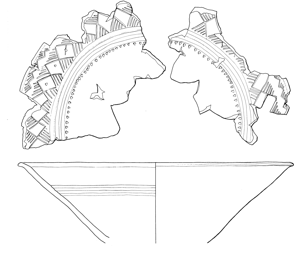
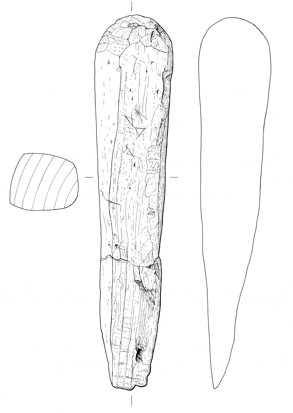
What kind of education and training did you need to become a scientific illustrator?
I did 2 years of part-time preparation courses and it took 3 years for a Bachelor’s in Design, Specialization and Scientific Visualization.
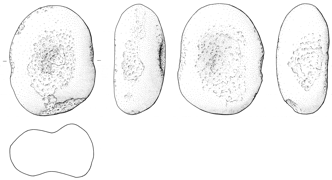

Describe the various challenges you have faced? What is the craziest or most exciting assignment you’ve undertaken?
The challenges I face are often that the artifacts are very small, fragile, not well preserved and I have to make a drawing of it that shows what is important and relevant for science.
A very exciting project I took part in, was when they discovered a palafitte settlement at the lakeside of Zürich. It was a huge project and they made many important finds like wooden hunting bows, spoons or a wooden door which was spoken about worldwide. I had the privilege of drawing a big part of those artifacts that will be published in the evaluation book coming out soon.

How do you prepare for as an assignment? Is there a specific method to the way you arrange the artifacts?
There are guidelines in how artifacts needs to be arranged. There is not much creative space for that. The archeologist of a project prepares all the artifacts that he wants to be drawn and I go through each of them with him, to make sure that I will draw it how he wants it.
What influenced you to take up photography? What are your favorite subjects and locations?
We had some photography classes at university, influencing me to start taking photos. And when Instagram came out, I think that influenced me the most. I haven’t stopped taking photos since. My favourite subjects are nature, the mountains and my two vintage cars.
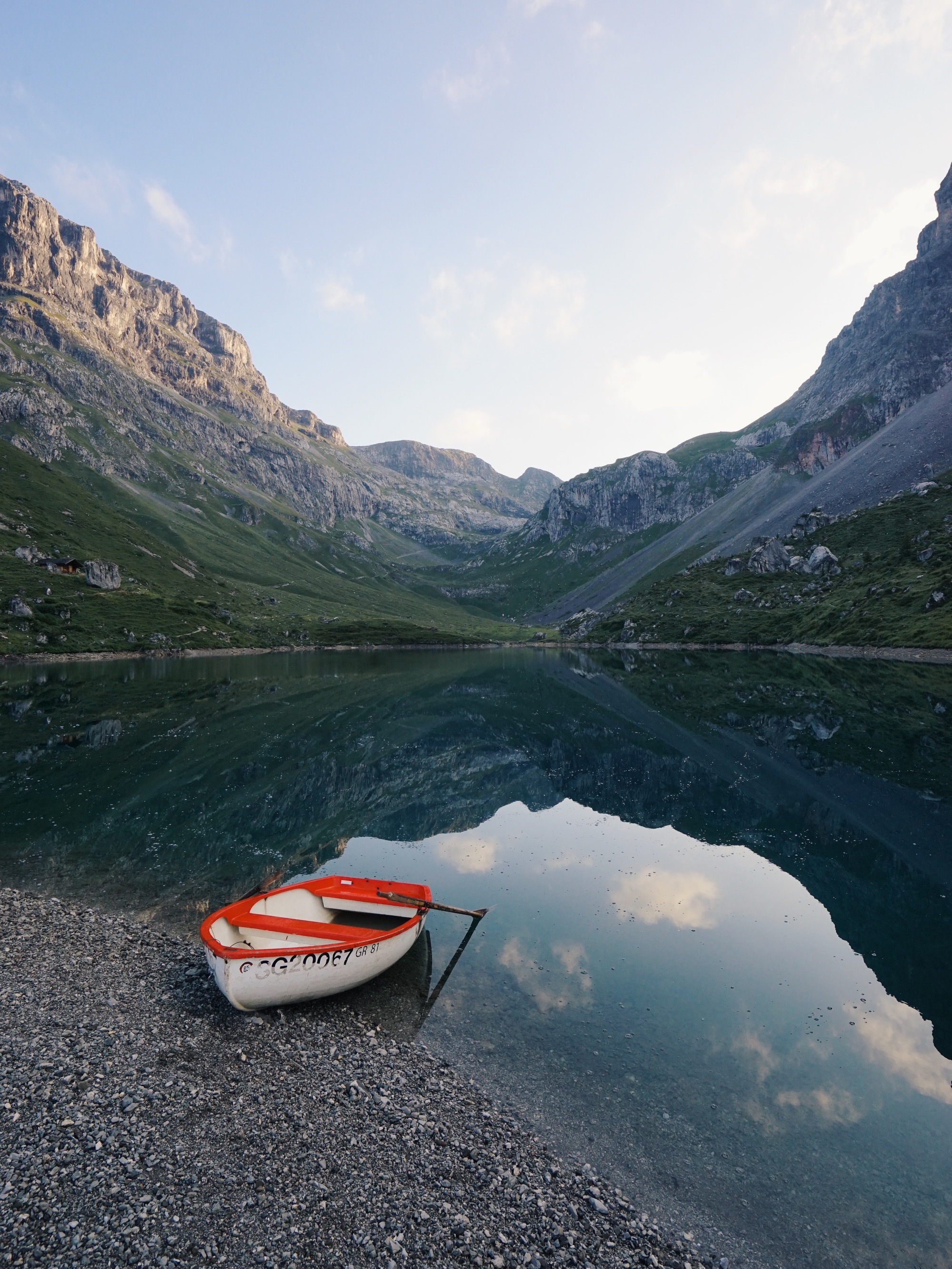
Is there any overlap in your illustrations and photographs of your subjects? Are they related at all?
Yes, I think so. I have always preferred to paint and draw nature, landscape and animals. That’s what I mostly photograph.
What would you cite as your inspirations behind your work?
Nature itself.
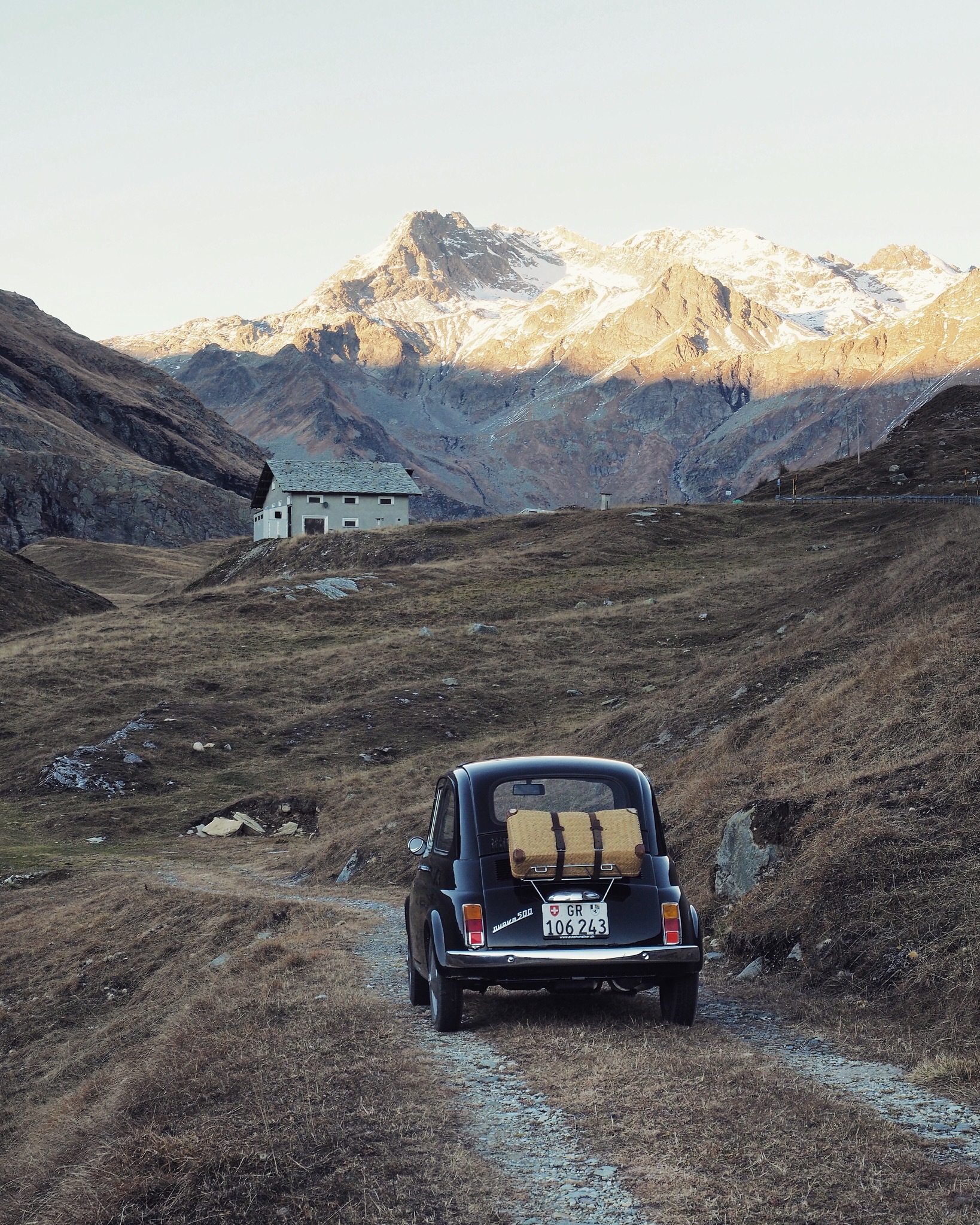
Which artists and photographers do you admire? How have they influenced you?
I love the work of Zaria Forman. I recently discovered her and her paintings where she paints with only her fingers; it simply blows my mind.
Related Articles: “ZARIA FORMAN – VISUAL AWARENESS” by TRINIDAD BLAY
“VISUAL IMAGERY WITH MORGAN PHILLIPS” by AMEERA KHORAKIWALA
There are quite a few photographers on Instagram that I admire and who have influenced my work. Simone Bramante, Morgan Phillips, Alex Strohl just to name a few. They have influenced me in a way, that I go outdoors much more now than before I used Instagram.
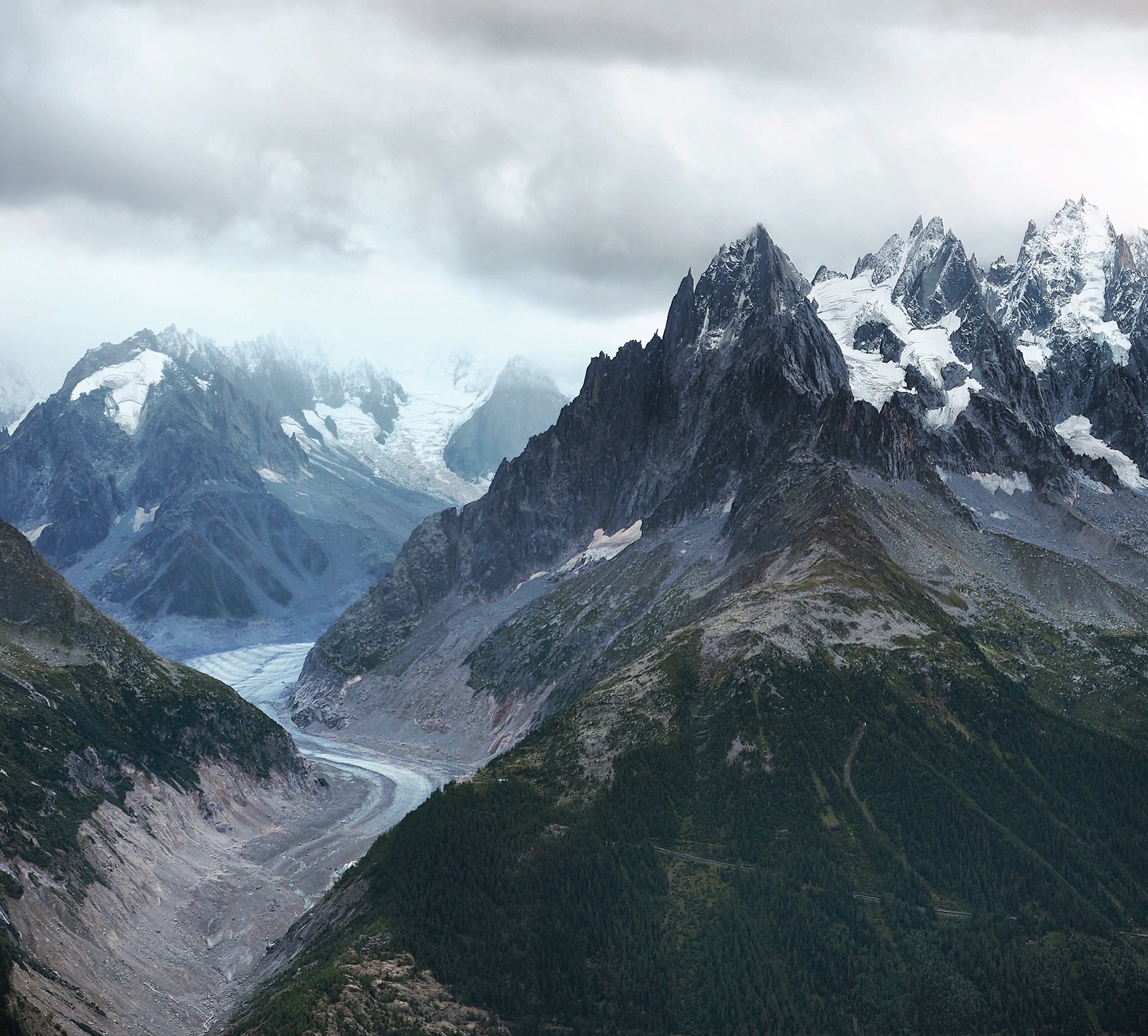
What would you say is your favorite piece of your own work and why?
That’s a difficult question. But I can show you which of my photos I have on my wall in my bedroom. I guess it’s one of my favourites. I like how minimal it is and peaceful and soft it seems.
To learn more about Martina Bisaz, follow her on Instagram, Twitter, and Snapchat: @kitkat_ch.


